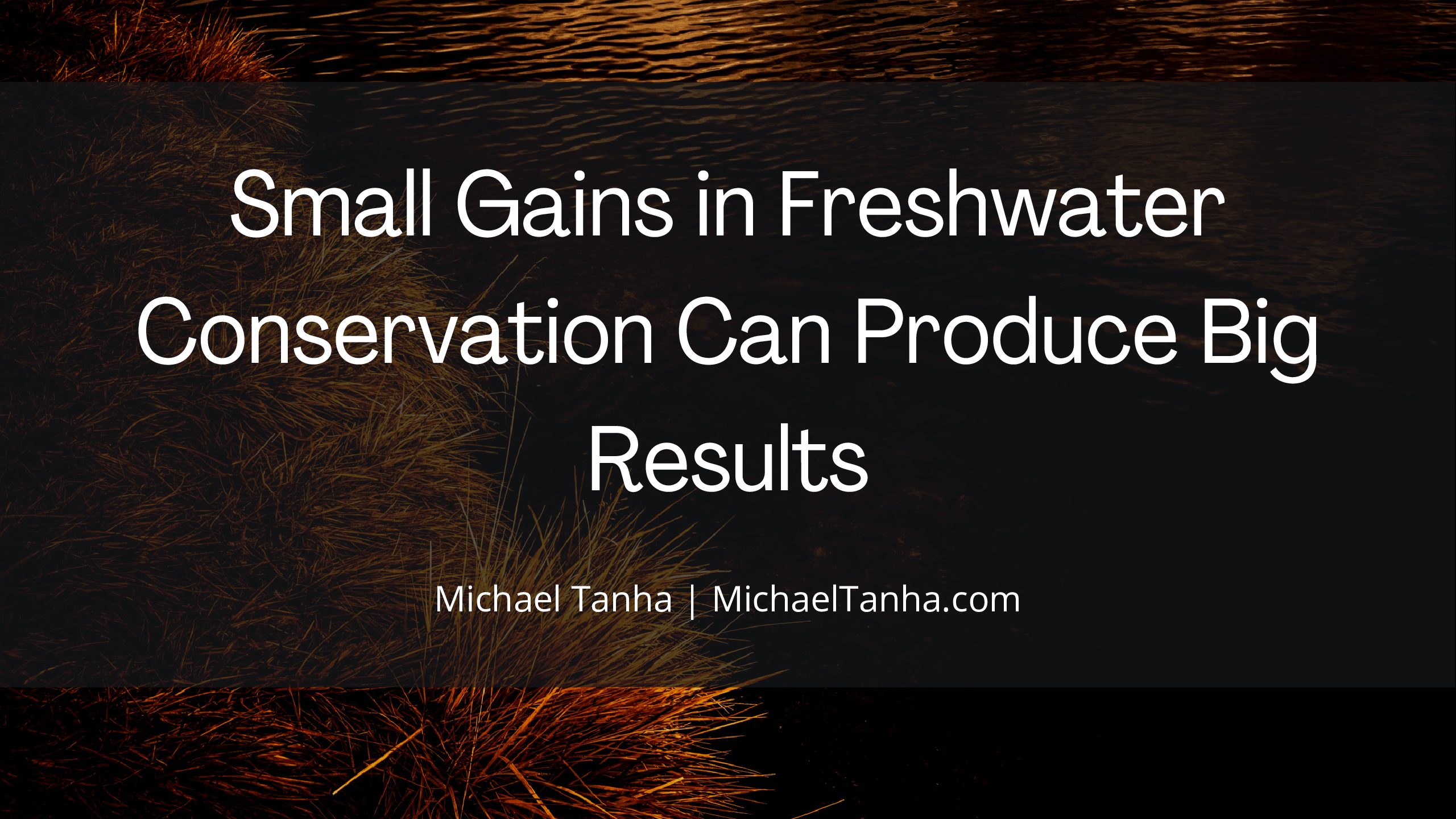Earth is home to giant freshwater lakes, such as the Great Lakes of North America, Superior, Huron, and Erie. The Caspian Sea is actually a gigantic freshwater body as is the Aral Sea.
However, freshwater accounts for about 3% of all water on the planet. The rest is salty ocean water. At the same time, freshwater is host to 10% of all species of wildlife. That’s why protecting freshwater bodies, from lakes and rivers to bogs and creeks, is of vital concern to environmental scientists.
The problem is that freshwater conservation projects have long taken a back seat to land-based and ocean conservation efforts. The assumption has always been that if you take care of the land and oceans, the freshwater systems of the planet will automatically take care of themselves.
That’s not the case, said Dr. Cecilia Gontijo Leal from the University of São Paulo. He recently participated in a wide-ranging study by the Sustainable Amazon Network. This is a huge collaborative effort that involves top scientists from the United States, Brazil, Europe, and Australia.
Dr. Gontijo points out that populations of freshwater species have plunged by an astonishing 83% over the past 50 years. That’s more than twice the decline of land-based species. The good news is that Dr. Gontijo believes that even a small effort to focus on improving the conditions of freshwater habitats can bring about significant conservation gains.
Dr. Gareth Lennox from Lancaster University was another participant in the study. He said that integrated planning that incorporates data on both land and freshwater species will result in a whopping 600% improvement in habitat for freshwater dwellers. He called an increased focus on freshwater conservation a “great opportunity for conservation” that will benefit the entire ecosystem of the plant, land, ocean, and freshwater.
A key area of focus must be the connectivity of river systems, the researchers say. The scientists have concluded that freshwater protection could be doubled by supporting river connectivity. This fact demonstrates that impediments to making large-scale improvements to freshwater habitats are actually quite small. Small efforts can result in big conservation gains.
Other areas where improvements can be made are eliminating dams and instilling minimum-till or no-till farming techniques that will not allow soil to erode and flow into rivers and streams. Farmland soil carries with it pesticides and other chemicals that pollute freshwater bodies.
